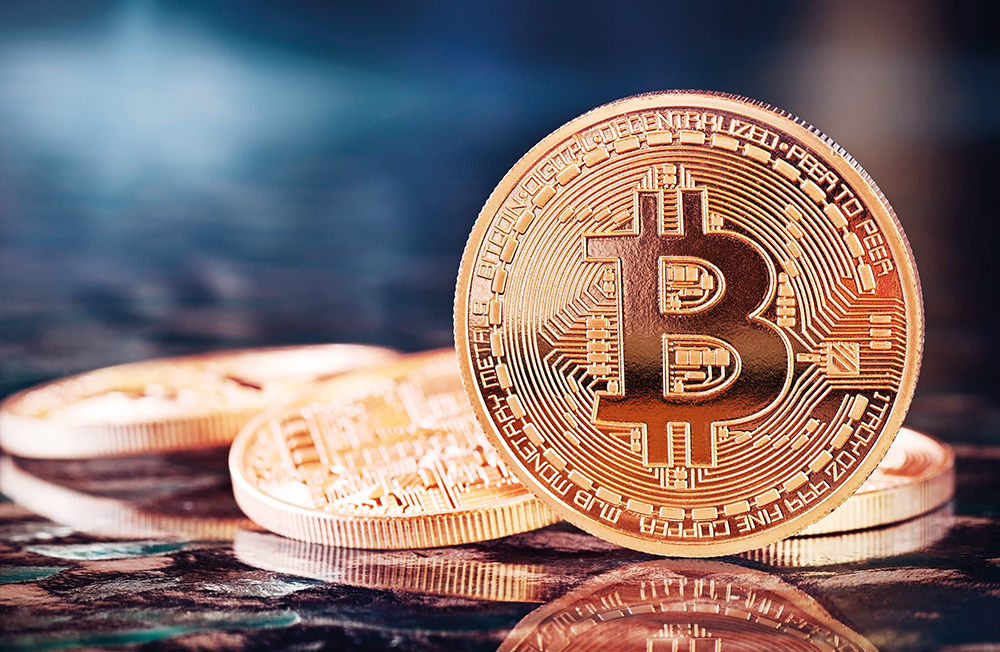By Babbino Boon
The Year of The Rat is just around the corner, and Chinatown in Singapore is the place to be to feel the festive air.

A team of festively-dressed mice greet you as you approach Chinatown from New Bridge Road.
Chinatown is a few blocks of land sandwiched between New Bridge Road and South Bridge Road.
Chinese lanterns are must-haves at important Chinese festivals, particularly the Lantern Festival, which falls on the 14th day of the Chinese New Year.

More lanterns in the shape of Chinese copper coins from old times.

Strings of coloured lights hang over the streets, adding to the festive mood.

As I squeeze through the crowds and make my way from the main street to the side alleys, I’m greeted by the sight of endless rows of booths selling Chinese New Year merchandise, bustling with visitors.

Couplets (对联) generally express statements of good wishes. They are pasted on doors or walls for auspiciousness, and are a common household decoration during Chinese New Year.

Paper cutting is the art of cutting designs out of paper, and then gluing them to a contrasting backing or a transparent surface such as glass doors or windows. These paper cuttings are fittingly-designed for the New Year, as they bear the Chinese character for “fortune” (福).

Offering red packets (红包) during Chinese New Year is a way to send good wishes and luck (as well as money). Traditionally, it is not so much as to how much money is contained in the packet, but the red paper itself that is the most significant. Wrapping lucky money in red packets bestows happiness and blessings on the recipients.

Among other decorations there are these fluffy stuffed mouse plushies, dressed up as cute fortune gods; a must-have to bring good fortune for the year.

Cookies are delightful treats for everyone during the New Year, with some having the significance of sounding similar to Chinese words that bear good luck. For example, pineapple tarts (凤梨酥), when pronounced in Hokkien, sound the same as “the arrival of prosperity” (旺来).

More cookies add to the selection.

Baked melon seeds (瓜子) are a favourite snack during Chinese New Year, typically eaten over conversations with friends. Each seed needs to be carefully cracked open with your teeth, so a whole bag can take some time to devour.

Grilled sweetened pork slices, locally called Bak-Kwa (肉干), is favorite finger food for house guests during the new year. It’s a life saver when all else fails.

New Year cakes made from glutinous flour and brown sugar are a traditional item in the southern provinces of China. They are sweet, dense, and sticky. The word “sticky” (粘) happens to be a homophone to “year” (年) and the word “cake” (糕) to “rise” (高) in Chinese. Thus, this led to the tradition of eating sticky New Year cake in the hopes of job promotions or salary increments in the coming new year (年年高升).

Mochi (麻糬) are bite-size versions of sticky new year cake. They are chewier and less sticky than the traditional version, and also come in many flavours and colours.

More tempting mochi to whet your appetite. Stores will often offer free samples to entice customers.

Durians do not fall on the list of traditional Chinese New Year items, but regardless of the season, durians are a favourite with locals and visitors alike.

Many homes will have a Kumquat (金桔) Tree to bring in the “golden good luck” (金吉). I didn’t come across any booths selling Kumquat Trees, but money ornaments like these are hung on the tree branches to bring more fortune to the coming year.

More ornaments like this bearing the Chinese character “strike” (發), meaning to strike fortune.

The roofs of some booths were adorned with more elaborate lanterns. These are of various characters commonly performed in traditional Chinese opera.

Traditionally, New Year Paintings (年画) are pasted on doors and walls during the New Year for decorative purposes and as a symbol of New Year’s greetings. In modern times, simpler versions like these are used instead. In place of auspicious legendary figures, we see modern designs such as these cartoon mice.

These decorative ornaments—shaped like wind chimes, minus the chimes—are great to hang around the house. According to the art of Feng Shui (風水), they are remedial cures for bad luck.

Jade pendants are worn throughout the Chinese New Year period to ward off bad luck and promote good fortune. It’s an auspicious stone that brings people comfort and hope as they enter the new year.

Chinese seal carvings (印章) are an ancient art that combines calligraphy and engraving. Though not particularly a part of Chinese New Year celebrations, I came across a booth selling them. They are now an art form (篆刻), but are sometimes still used as a kind of signature affixture (图章) on official documents, as practiced in countries such as South Korea, Japan and Vietnam.

More decorative items.

If you come with family, there are sidewalk restaurants serving local and international cuisine to fill you up with, though they may be pricey.

There are some value stores around, if you’re looking for budget items, particularly souvenir items from Singapore.

More colorful evening lightings on South Bridge Road.

My leisurely walk brings me back to where the joyful mice are at New Bridge Road. I look forward to a joyous and eventful year ahead.
Getting There
The best way to get there is by MRT, exiting at Chinatown station (NE4/DT19). There are parking lots for cars which are fairly accessible, but expect the crowds to swell as Chinese New Year itself nears on January 25, 2020.
















